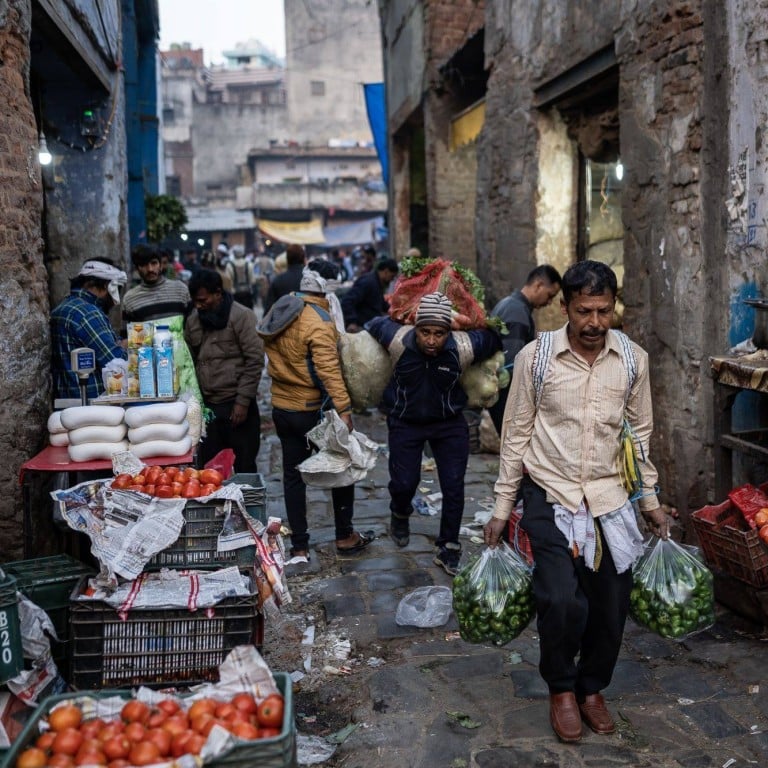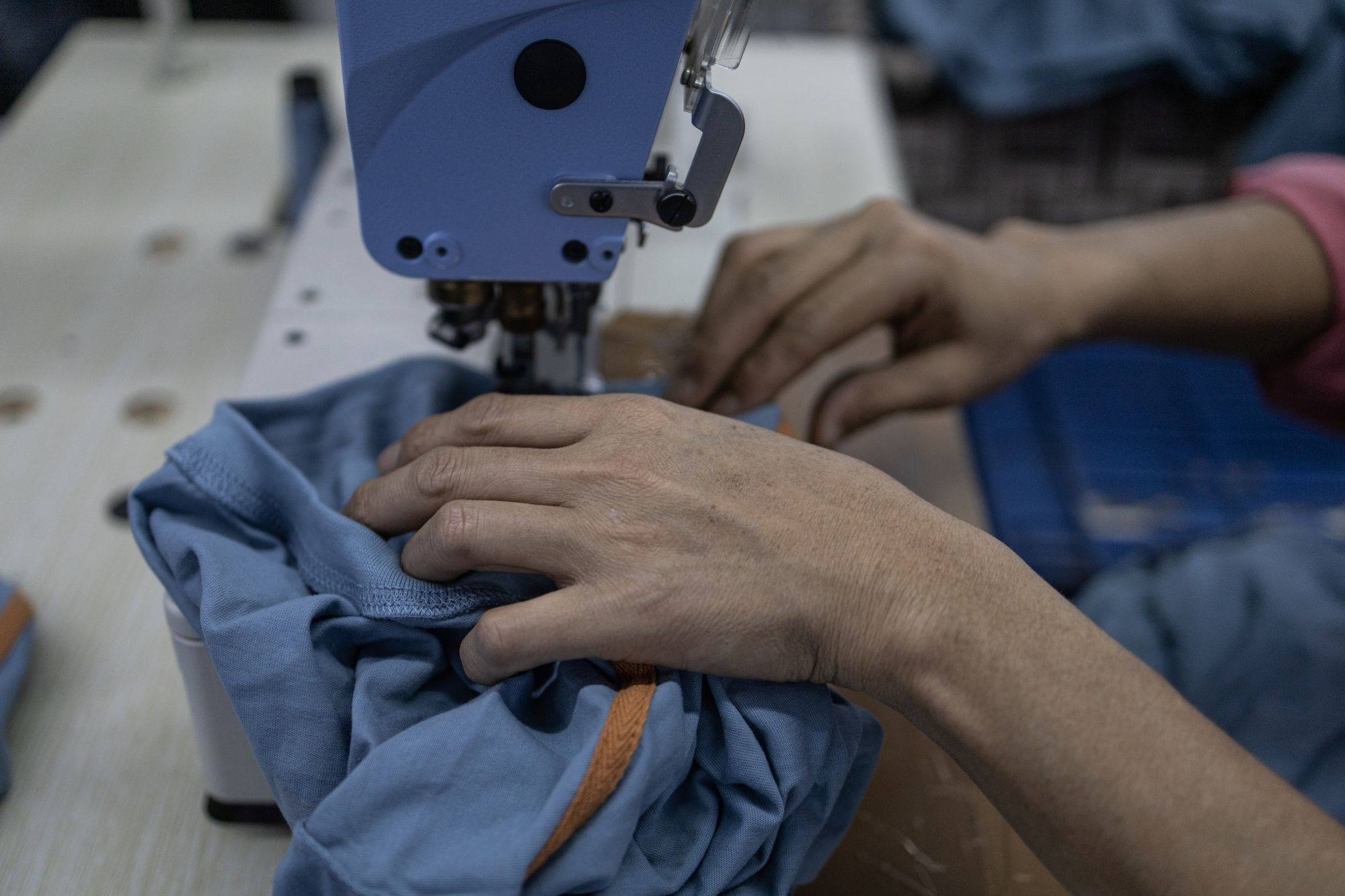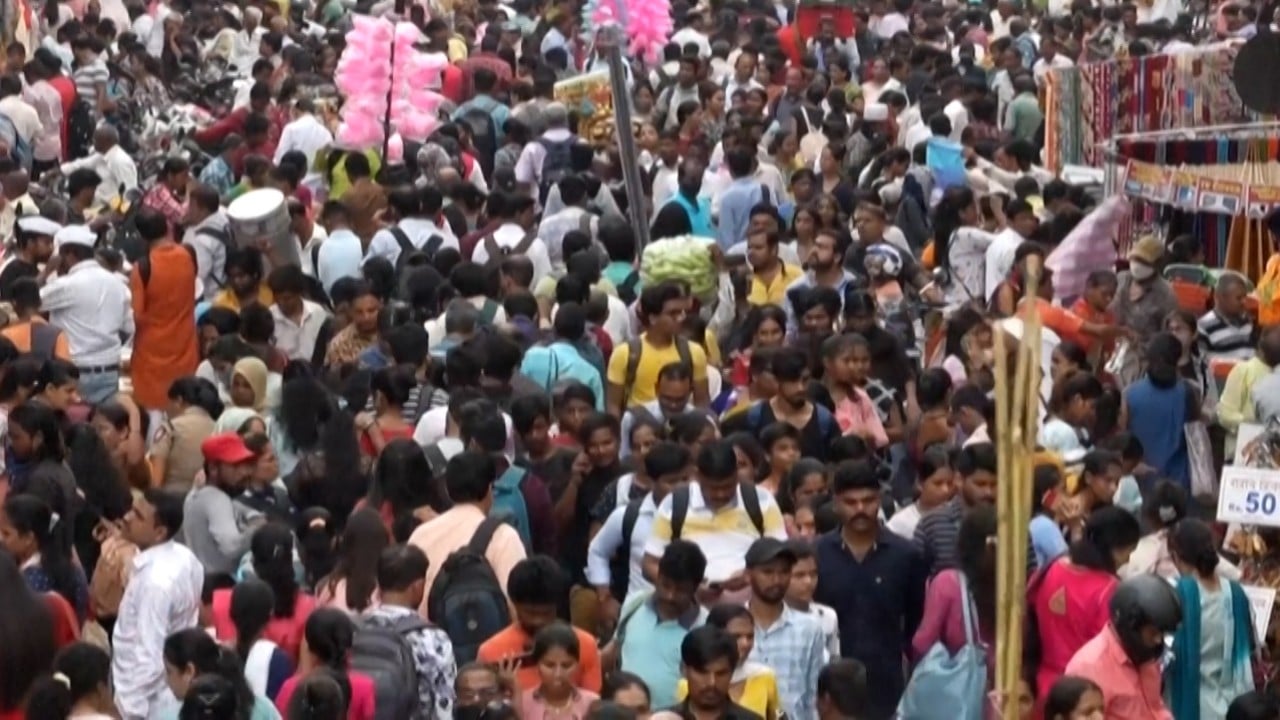
Hype over India’s economic boom is a dangerous myth masking real problems
- Some commentators foresee a new golden age for India, but the country is on a dangerous path built on a disingenuous numbers game
- There is no silver bullet that will fix weak job creation, a small and uncompetitive manufacturing sector and government schemes that fatten corporate profits
Other international commentators have offered even more effusive forecasts, declaring the arrival of an Indian decade or even an Indian century.
Worse, the hype is masking a problem that has grown in the 75 years since independence: anaemic job creation. In the next decade, India will need hundreds of millions more jobs to employ those who are of working age and seeking work. This challenge is virtually insurmountable considering that the economy failed to add any net new jobs in the past decade, when 7 million to 9 million new jobseekers entered the market each year.
This demographic pressure often boils over, fuelling protests and episodic violence. In 2019, 12.5 million people applied for 35,000 job openings in the Indian railways – one job for every 357 applicants. In January 2022, railway authorities announced they were not ready to make the job offers. The applicants went on a rampage, burning train cars and vandalising railway stations.
For far too many Indians, the economy is broken. The problem lies in the country’s small and uncompetitive manufacturing sector.
Since the liberalising reforms of the mid-1980s, the manufacturing sector’s share of GDP has fallen slightly to about 14 per cent, compared to 27 per cent in China and 25 per cent in Vietnam. India commands less than a 2 per cent global share of manufactured exports, and as its economy slowed in the second half of 2022, the manufacturing sector contracted further.
Yet it is through exports of labour-intensive manufactured products that Taiwan, South Korea, China and now Vietnam came to employ vast numbers of their people. India, with its 1.4 billion people, exports about the same value of manufactured goods as Vietnam does with 100 million people.

As its population swells, can India chart a China-like path in manufacturing?
As for US producers pulling away from China, most are “near-shoring” their operations to Mexico and Central America. Altogether, while some investment from this churn could flow to India, the fact remains that inward foreign investment fell year on year in 2022.
The second source of hope is the Indian government’s Production-Linked Incentive Schemes, which were introduced in early 2021 to offer financial rewards for production and jobs in sectors deemed to be of strategic value. Unfortunately, as former Reserve Bank of India governor Raghuram G. Rajan and his co-authors warn, these schemes are likely to end up merely fattening corporate profits like previous sops to manufacturers.

India’s broken state has repeatedly avoided confronting long-term challenges and now, instead of overcoming fundamental development deficits, officials are seeking silver bullets. Stoking hype about an imminent Indian century will merely perpetuate the deficits, helping neither India nor the rest of the world.


